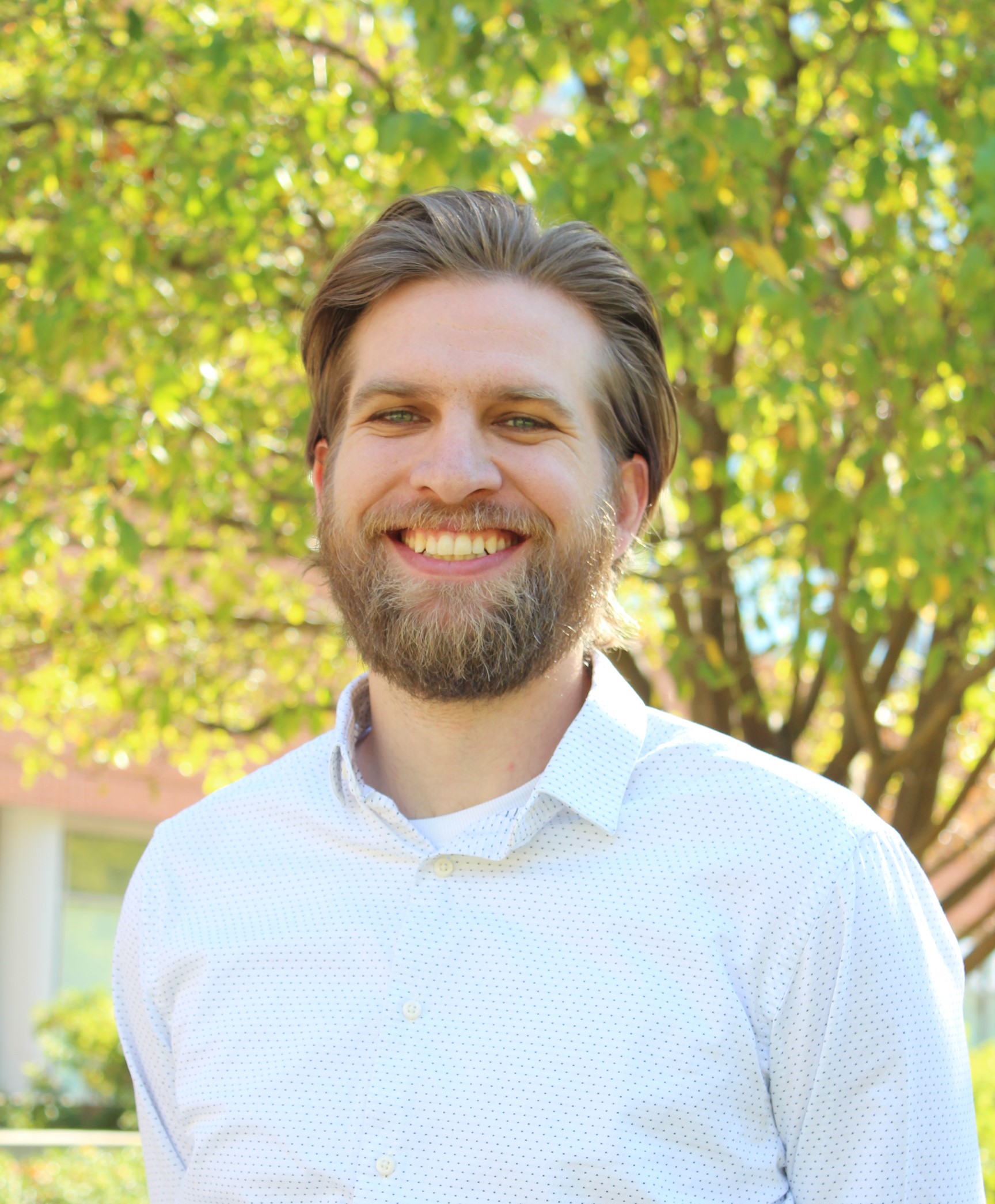Doctor of Physical Therapy-Rehabilitation Science PhD Pathway
The University of Colorado Anschutz DPT-PhD pathway facilitates a viable educational plan for promising students with a strong interest in physical therapy and rehabilitation science. This collaborative dual degree pathway between the CU Physical Therapy Program and the Rehabilitation Science PhD Program provides an efficient approach to earning both a clinical doctorate and a research doctorate. To express interest or ask more questions, please contact Dr. Jennifer Stevens-Lapsley at [email protected].
DPT-PhD Transitional Program Overview
General Timeline
The DPT/PhD Transitional Program at the University of Colorado provides a structured pathway for students to integrate clinical training with advanced research, fulfilling the requirements for both the Doctor of Physical Therapy (DPT) and PhD in Rehabilitation Science. The estimated timeline outlines key milestones, from early research engagement and PhD application, to the final stages of doctoral training. The combined program is typically completed in 6-7 years, preparing graduates to become clinician-scientists who advance rehabilitation research and evidence-based practice.
DPT Training
During this phase, students will focus on DPT coursework and clinical education experiences alongside their cohort. Additionally, they will have the opportunity to explore various research focus areas and potential labs, gaining early research exposure and experience through work-study student researcher positions with faculty mentors.
Relevant Milestones and Deadlines
- June, Year 1: Begin DPT training
- December, Year 2: Deadline to express interest in transitioning to the PhD program upon DPT completion
- January, Year 2: Schenkman Scholarship application deadline
- December, Year 3: Complete PhD application package
- December-May, Year 3: Complete DPT training.
Transition Opportunities
Following DPT graduation and before the PhD program, students have several valuable opportunities to bridge their clinical training with advanced research including:
- Research Assistantship: Engage in research assistantships within designated lab groups, gaining practical experience and contributing to ongoing research projects.
- CCTSI T32 Program: Apply to participate in the CCTSI T32 program, which offers a balanced mix of 50% research and 50% clinical activities, providing a unique opportunity for hands-on learning in both areas.
- Year-long CE Internship: Participate in a year-long clinical education internship through the CU DPT Program, further refining clinical skills before entering full-time PhD training.
These opportunities allow students to continue developing both their clinical expertise and research skills during the transition between DPT completion and PhD program start.
Relevant Milestones and Deadlines
- Completion of Physical Therapy Licensure (NPTE) Exam
- January, Year 4: PhD Interview Day
PhD Training
This phase is designed to develop students into independent researchers through direct involvement in clinical research projects and completion of minimum 30 hours required coursework, equipping them with the skills necessary to contribute significantly to the field of rehabilitation science and become leaders in academic and scientific research.
Relevant Milestones and Deadlines
- August, Year 4: Begin PhD Training
- May, Year 4: Preliminary Examination
- Year 5-6: Comprehensive Exam
- Year 6-7: Dissertation Defense
Admission Requirement and Process
- Early Identification: DPT students should indicate their interest in the pathway on their PTCAS application to the CU DPT Program.
- Notify the Program Director: Communicate your continued interest in transitioning to the PhD program to Dr. Jennifer Stevens-Lapsley via email by January 1 of Year 2 of DPT training.
- Full Application Package: Submit the full application package for the Rehabilitation Science PhD program during Year 2 of the DPT program.
- For more information see the CU DPT and PhD webpages.
- For detailed information on tuition and costs, please visit the DPT program websites.
- PhD students are not responsible for tuition costs, as the program is fully funded. In addition, students receive stipends and have opportunities to receive additional scholarships, training grants, and other financial support
Our Students, Alumni, and Career Opportunities
Financial Benefits of DPT and PhD Training
Our DPT-PhD pathway fosters a community of scholars dedicated to advancing rehabilitation science, preparing students for diverse careers in research, academia, and clinical practice. This unique career path offers the opportunity to influence the future of physical therapy through innovation, evidence-based practice, and leadership in education and research.

Annual total compensation of non-PhD and PhD physical therapist careers over a 30-year period. Careers examined include (A) clinical physical therapists, (B) academic non-PhD physical therapists, (C) academic PhD-trained physical therapists with less than 50%-time commitment to scholarship, and (D) academic PhD-trained physical therapists with time spent in majority scholarship. The leftmost side of the gray boxes indicate the start of each training period and academic rank (B)–(D). The leftmost side of each graph represents DPT graduation.
Garbin AJ, Stevens-Lapsley JE, Gritz RM, Tucker CA, Bade MJ. Long-Term Career Earnings in Academia Might Offset the Opportunity Cost of Full-Time PhD and Postdoctoral Education for Physical Therapists Who Hold a Doctor of Physical Therapy Degree. Phys Ther. 2023;103(4):pzad015. doi:10.1093/ptj/pzad015


